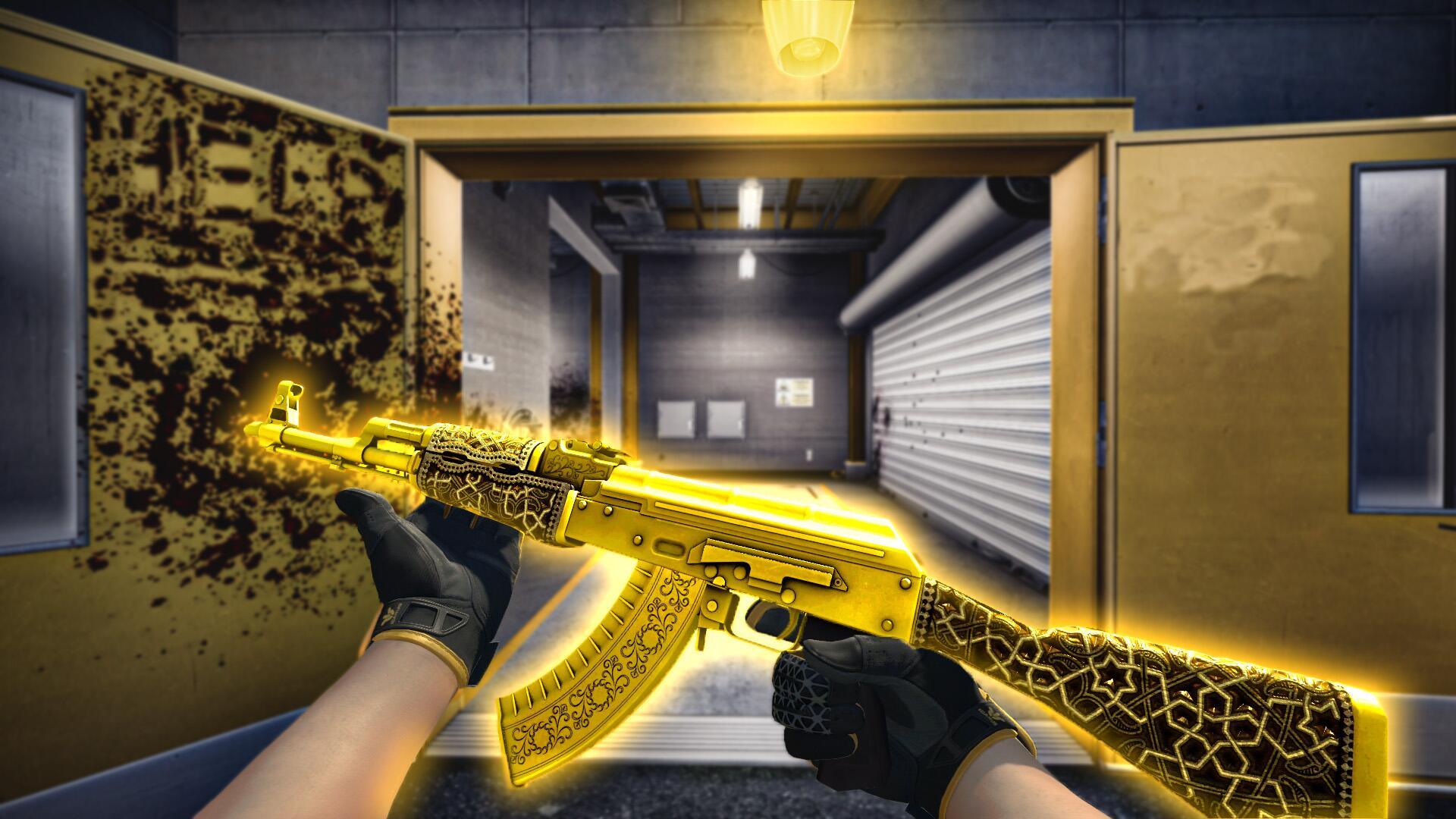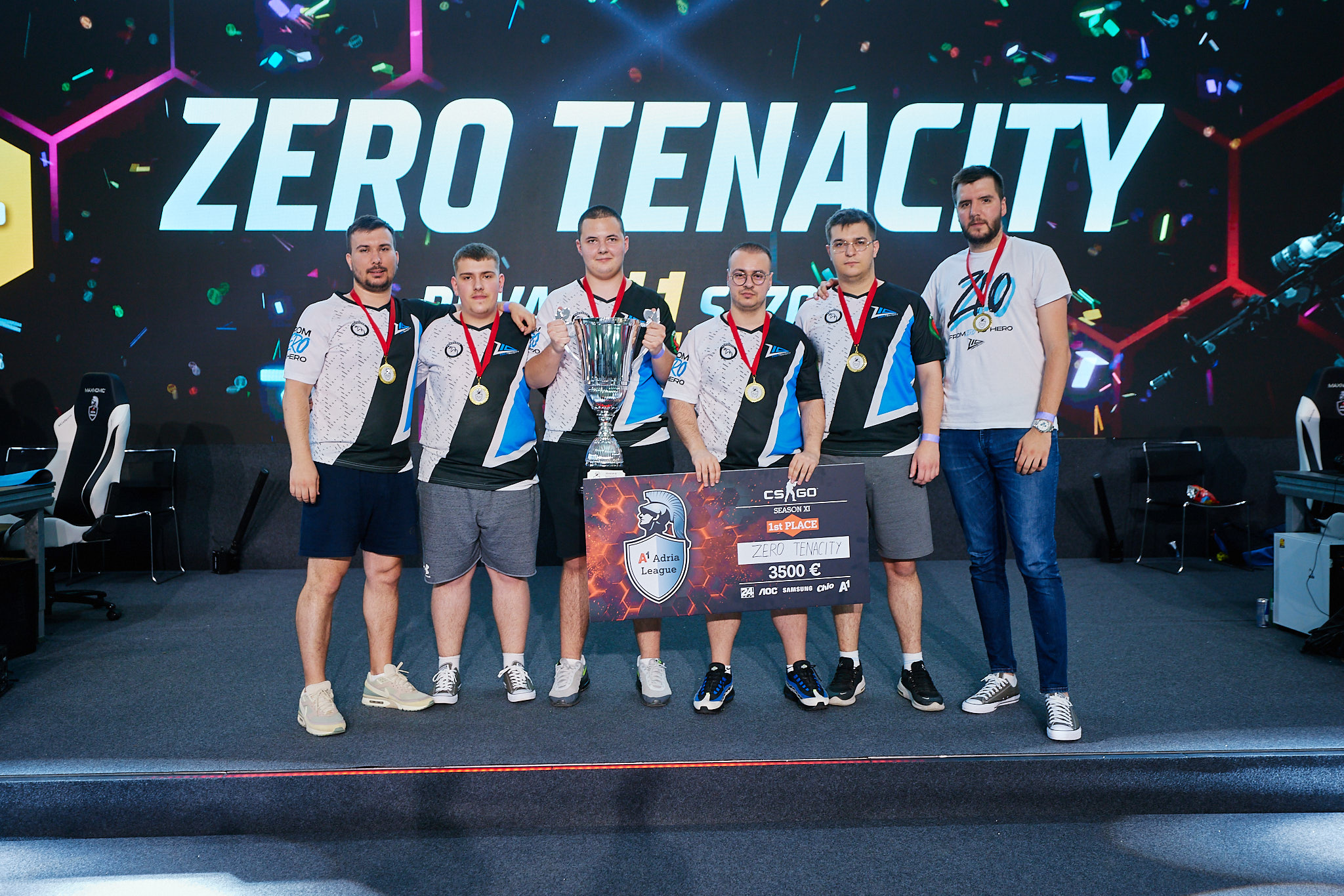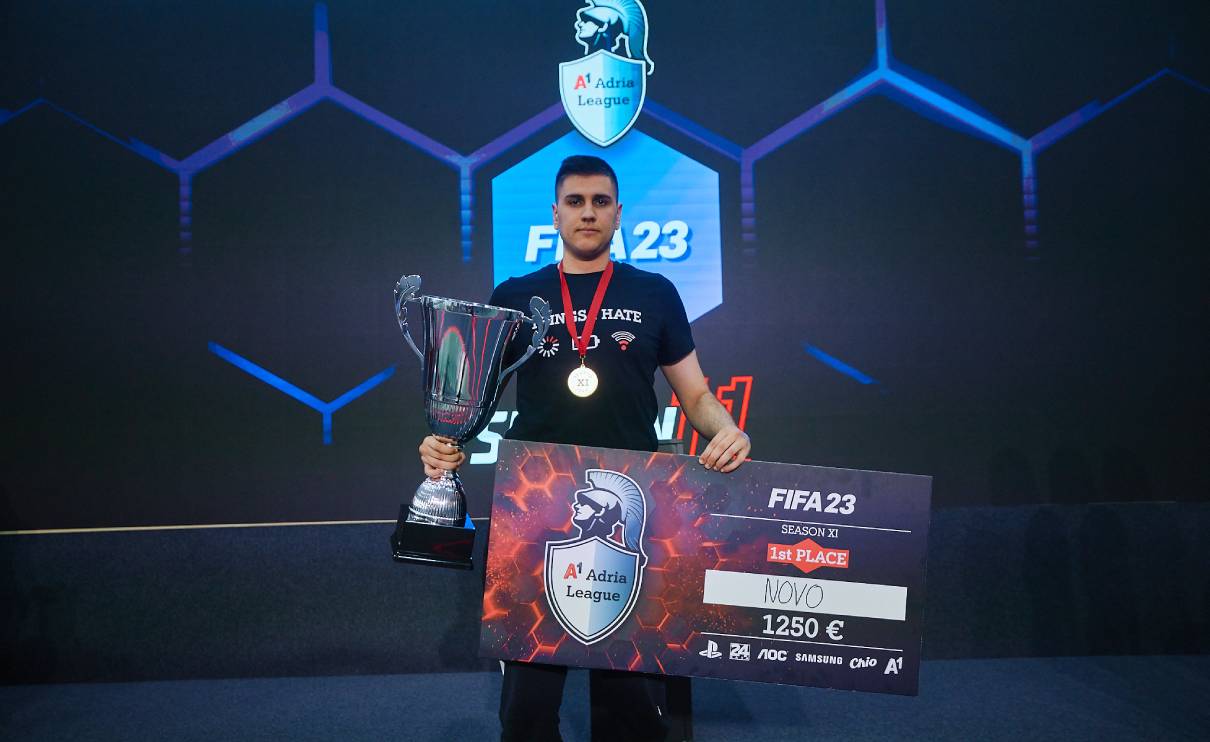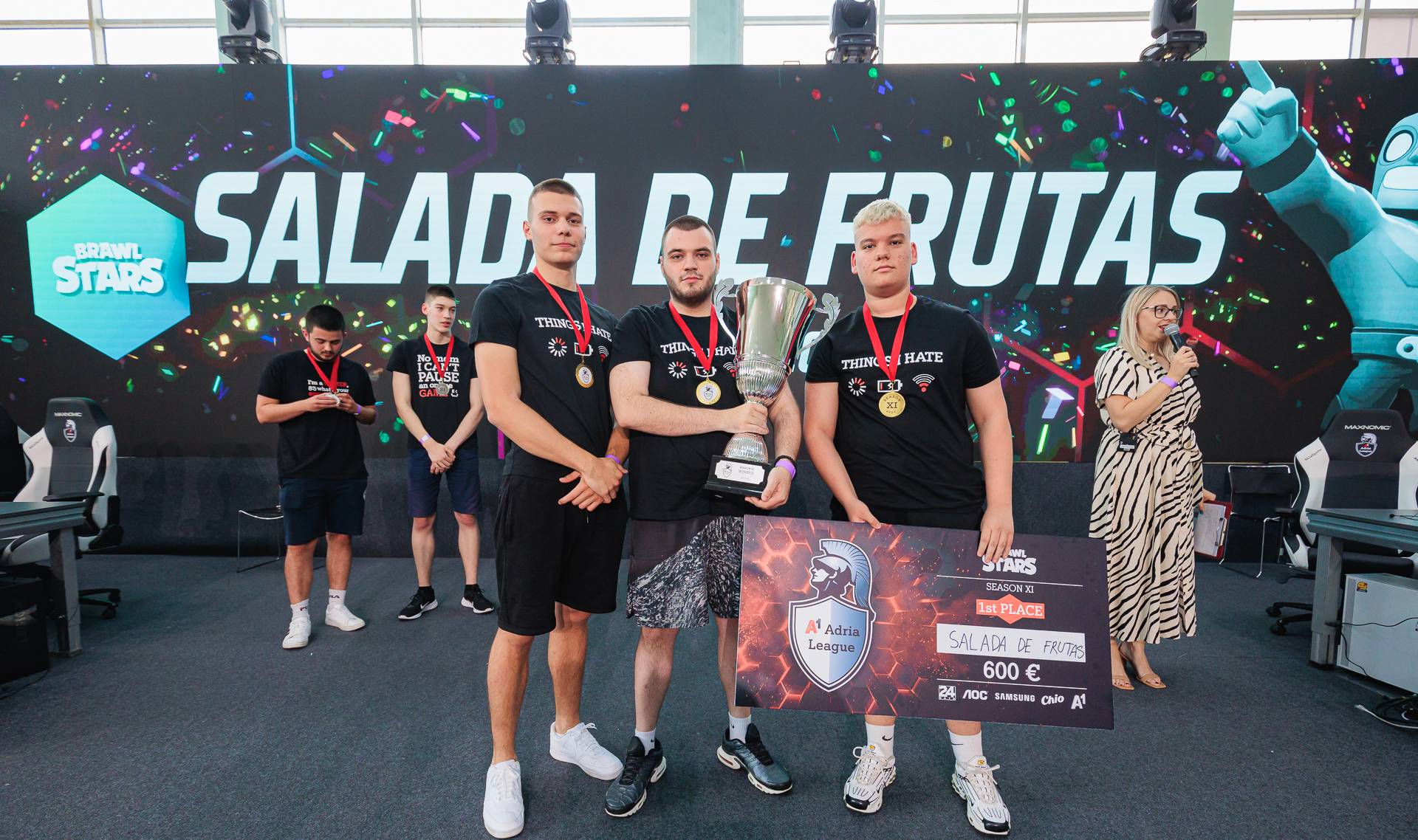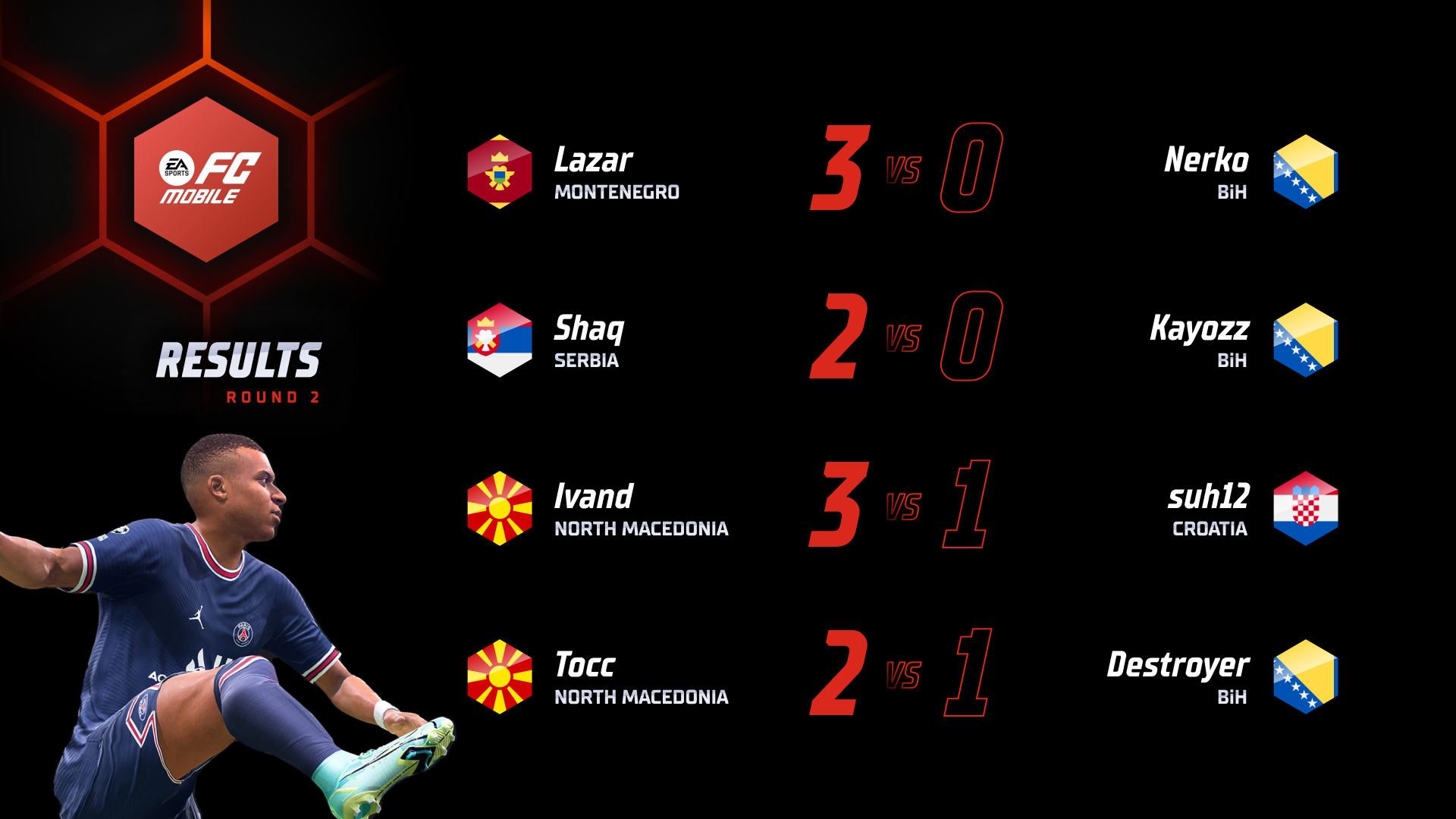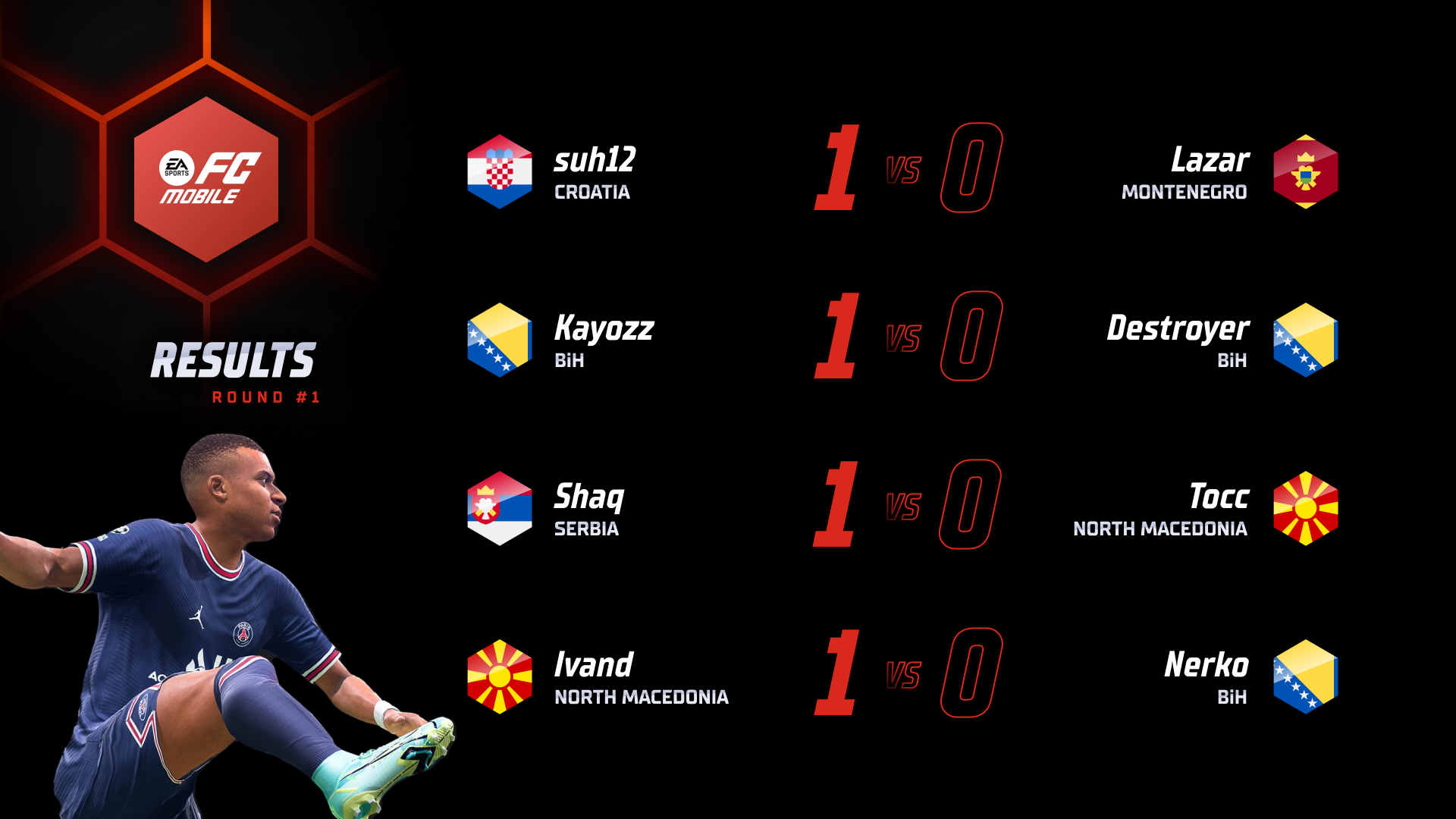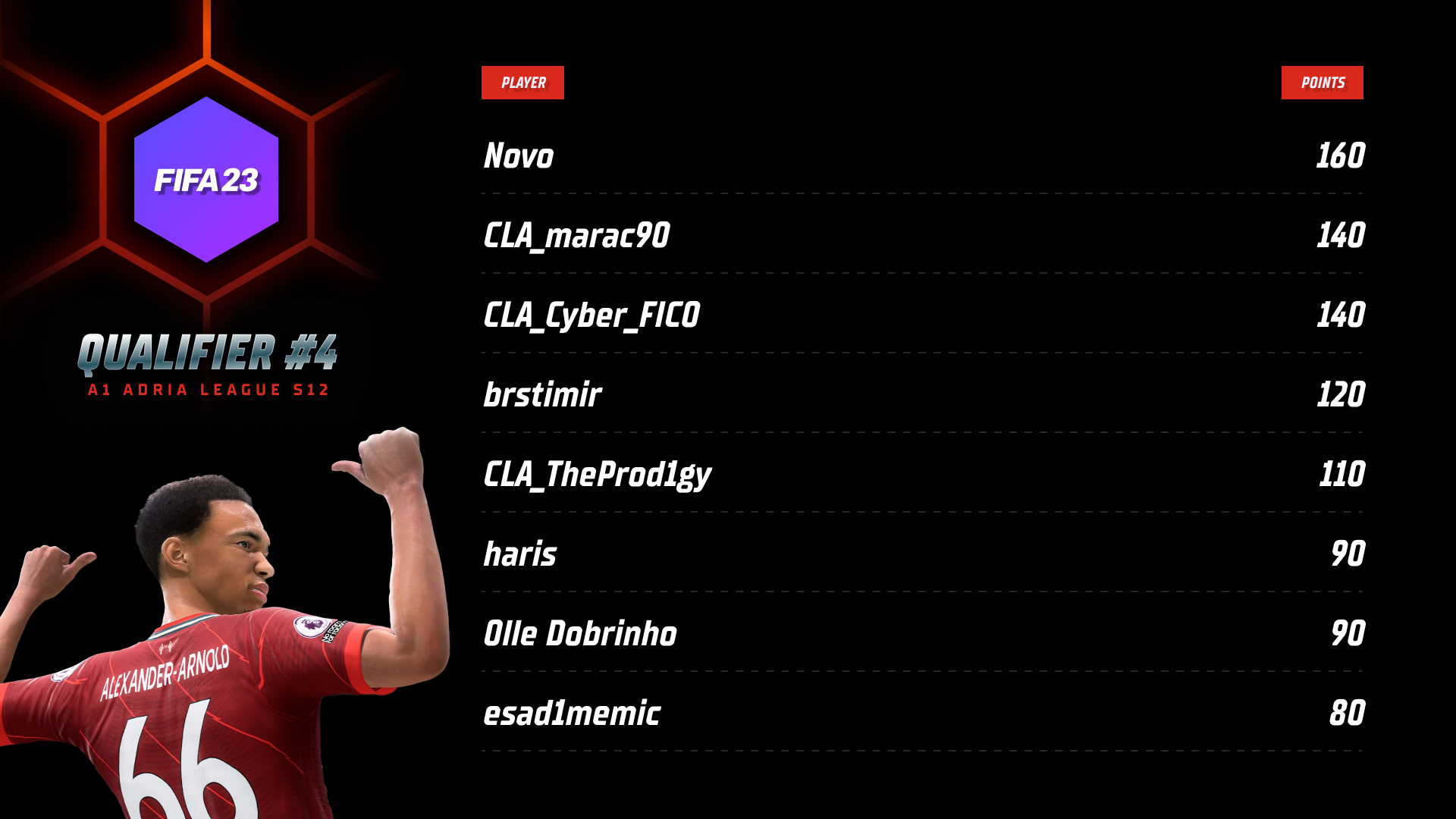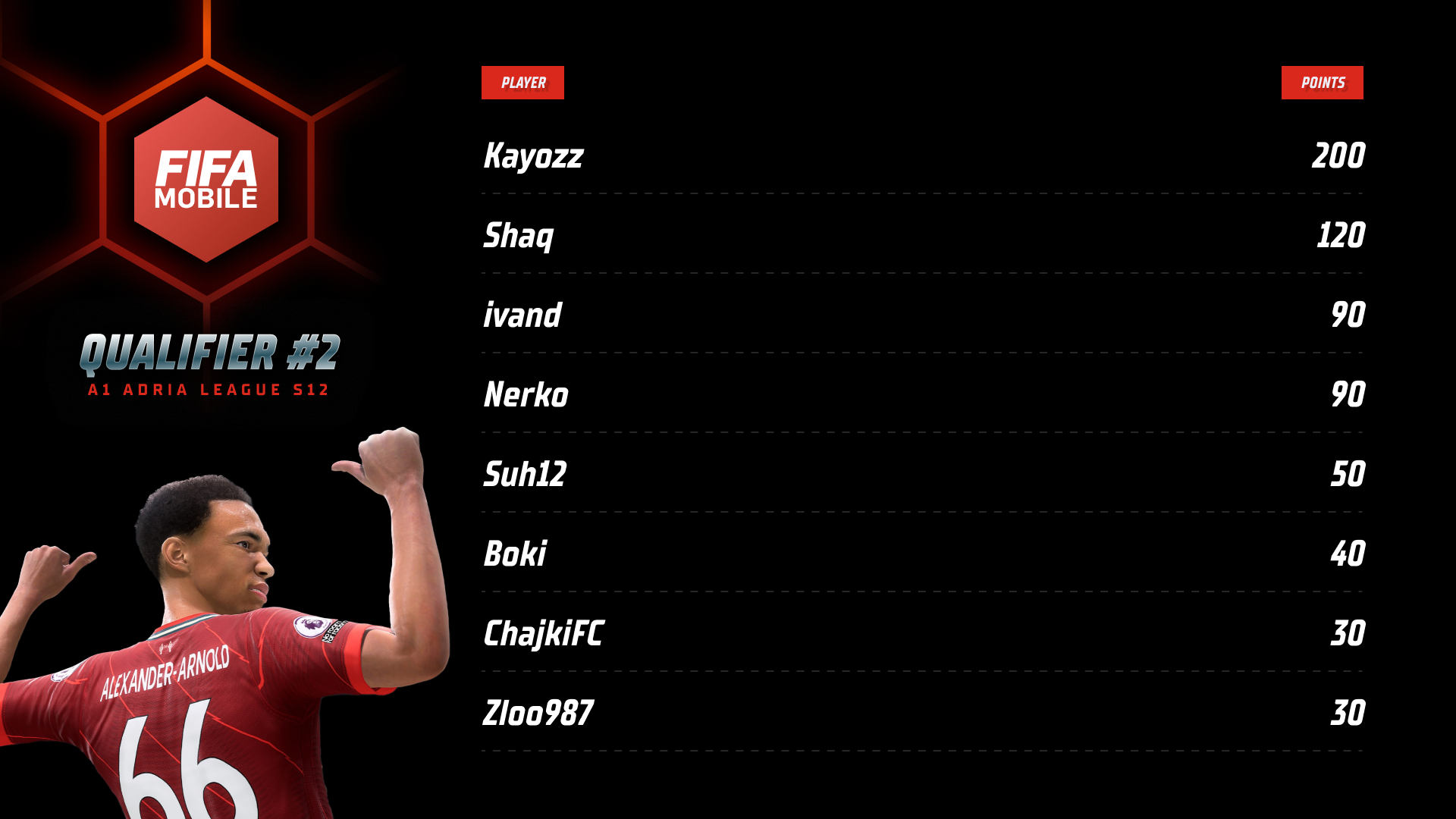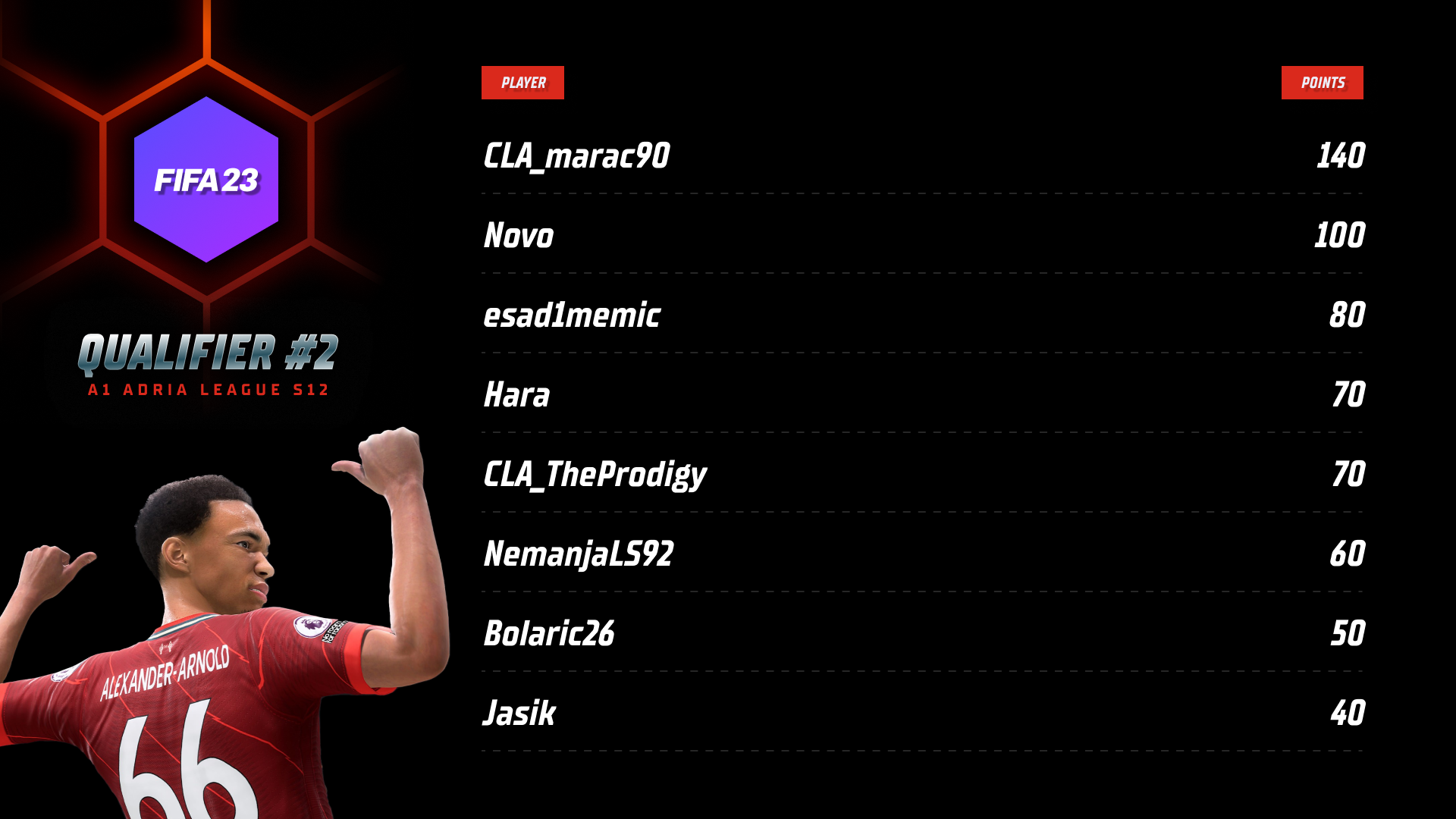A1 Adria League Champions: Where Are They Now?
Throughout almost a decade of competition, we’ve seen dozens of outstanding players take to the stage of the A1 Adria League, with some of them winning the tournament multiple times. Out of all the winners, however, some went on to make names for themselves well outside the region and compete with some of the best in the world.
Nemanja “huNter-” Kovač and Nemanja “nexa” Isaković
Two high-profile players from the early days of A1AL went on to have impressive careers in CS:GO and CS2. They were a part of the Valiance&Co. lineup that won Season 2, and later both joined G2 Esports. HuNter plays for G2 to this day, with almost six years of experience in playing at the highest level. Nexa, on the other hand, left G2 to join another top organisation, OG, before returning to G2 for a brief period in late 2023 and 2024. After that stint, he transitioned to Bleed Esports and he is now playing for BC.Game Esports.

Dino “LIMIT” Tot
Returning to League of Legends, another Croatian player left a mark on the League. After winning the League with Bontech, LIMIT spent some time in ASUS ROG ELITE and other regional teams before joining SK Gaming in 2019. After leaving one German organisation, he joined another, Schalke 04 Esports, which he left in 2021 for a stint at Team BDS. LIMIT currently plays for BIG as support.
Toni “Sacre” Sabalić
One of the two notable Croatian League of Legends players on this list, Sacre was a part of the KlikTech lineup and won the first-ever season of the A1 Adria League. Sacre joined G2 Esports after leaving KlikTech in 2018, and was later a part of several notable teams from Europe, such as SK Gaming, Fenerbahce, GamerLegion and Schalke 04 Esports. Today, Sacre is playing for Eintracht Frankfurt esports, the esports division of the German football club.

Damjan “kyxsan” Stoilkovski
Returning to Counter-Strike, we must mention a younger player who made quite an effect on the A1 Adria League between 2020 and 2022. The Macedonian IGL nad Rifler played for QSKE Gaming, Good Game Global and BLUEJAYS and participated in five A1AL seasons, winning Season 9 with BLUEJAYS. Damjan left BLUEJAYS to join Apeks, and later on went to Scandinavian powerhouse HEROIC before moving to Team Falcons early in 2025. Kyxsan was a part of the lineup that won second place at the PGL Cluj-Napoca 2025 with the Falcons.
Notable mention: Zero Tenacity
While not being a single player, this list deserves to mention Z10, the team that won 4 seasons of the A1 Adria League between 2022 and 2024 and is the reigning champion of the League in Counter-Strike. Currently sitting at 51st place in the HLTV rankings, Z10 is one of the few regional teams to play and win with consistency. Their mark on the A1 Adria League can not be overstated, and what makes it even more impressive is that they managed to accomplish it all with almost no changes to their lineup, further emphasising that they are one of the most consistent teams to have played in the League.



